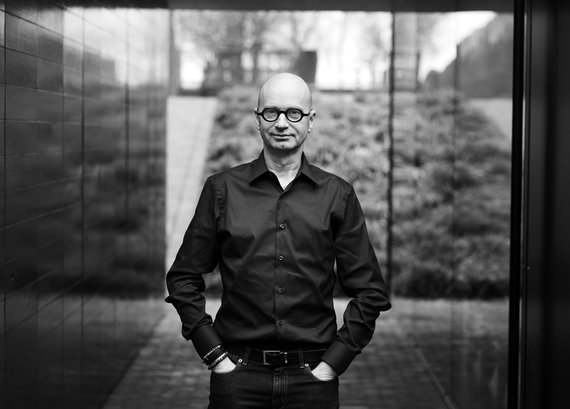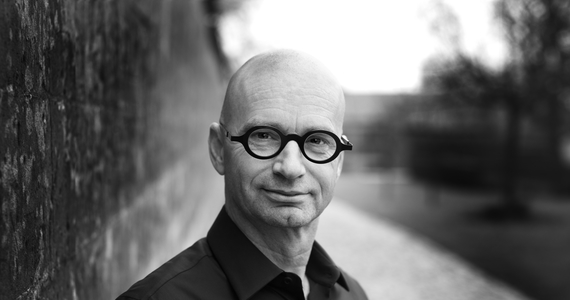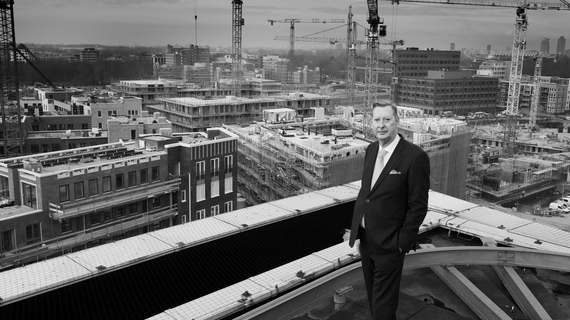
Accomplishing a stylish building is like playing in an orchestra.
An architect is a designer and adviser, boxer and facilitator. This is a crucial role in the arena of the built environment. ‘Sometimes you need to be very stubborn,’ says Egide Meertens, ‘but if you also show a little flexibility, you get more done. Other people's visions and practical obstacles are the mainstays that are necessary to build on.’
Fight for ideas
Egide Meertens is a thoroughly professional craftsman, but not the pretentious type so often encountered in this profession. He’s more of a pragmatist. ‘Accomplishing a stylish building is like playing in an orchestra. It doesn’t matter with how much virtuosity I play my ‘instrument’, if I don't harmonise with the others, the symphony will never be beautiful. I’m one of the players in a building project. I have the courage to fight for my ideas, but ultimately it is the interaction between the players that determines the quality.
LIiveability and perception
As a co-creator of the built environment, Meertens feels a responsibility: ‘Our way of life is changing, land is becoming scarcer, and construction has become more expensive. I think we should not allow any further fragmentation of the landscape. We will need to condense and strengthen residential areas, without sacrificing liveability. This is a huge challenge for the sector, especially as the essence of liveability is perception.
How can we fulfil this perception if we start building more compact structures? For me, the key words are: location, user, individuality, regional materials. My designs and buildings must always communicate their affinity with the location. This guarantees liveability and perception. The ultimate reward for my work is when a user or resident says: this is where I feel at home, this is where I'm happy.’

A guarantee of a lifetime
Meertens is continuously aware of his role in the building process: 'Urban planners map out the guidelines. In my opinion, if one of the guidelines is not right, and I can substantiate my reasoning, I can usually get other people to see my point of view. It's often quite a battle, but then that makes the project a lot stronger. I don’t want carte blanche.’
The trick is to make buildings which can, so to speak, move with the spirit of the times. How can we create a building that fits in with the context of a perception, that meets the demands of its time, and also offers future flexibility? ‘You must always offer the option of adding your own interpretation to a building. An architect provides the framework: for example pedestrian routes, sight lines, and use of materials sympathetic to the environment. Users can then add their own identity. That is the best guarantee that it will stand the test of time.
A creative direction
Despite the importance of cooperation and interaction to improve the quality of a project, the personality of the architect and his ideas strongly affect its execution, to say the least. Keeping that personality sharp is, according to Meertens, a matter of being critical at work and participating constructively in the group process that is building: ‘I am immersed in architecture every single day. I store everything, consciously or unconsciously. Look, listen, absorb. Every production process has limitations, but by communicating, by connecting visions, by collaborating, these can be eliminated.’


